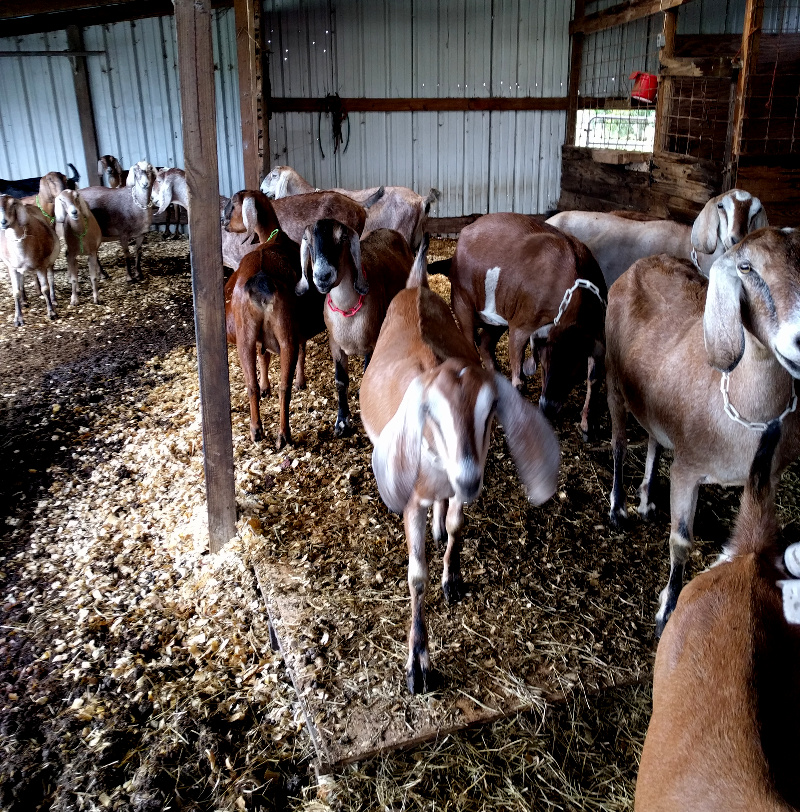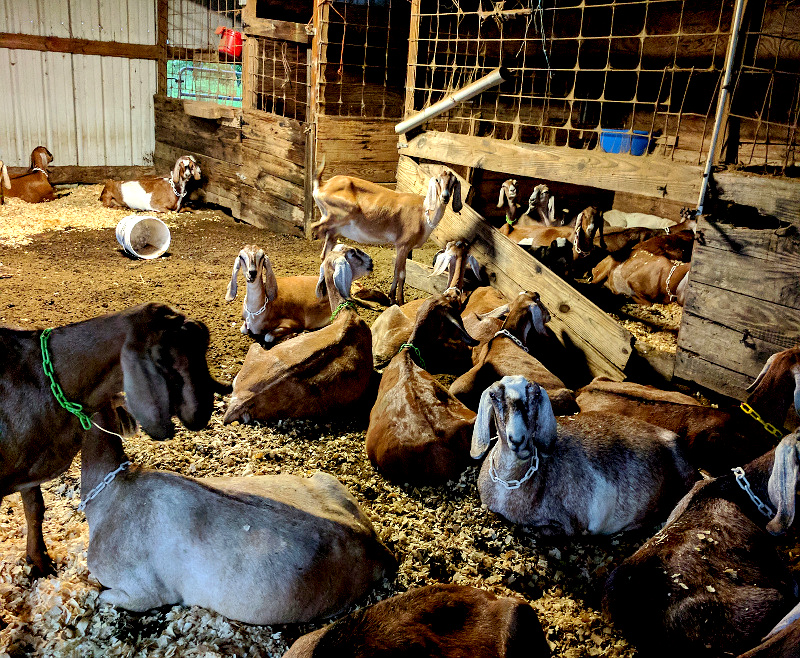
This article is more than a week late, as we are still engaged in a mass regional recovery effort from Hurricane Harvey in Texas. Fortunately, our farm was not hit too hard, but we did receive more than 36 inches of rain in four days, so things could have been very ugly. If there is a positive aspect of catastrophic global climate change, it is that we have had atypical flooding three years in a row, and so we’ve created a system to deal with it. No one expects to be in this place, but some hard work now can prepare you for the day when it might be your farm in the cross hairs of an unprecedented flooding event. Here are some things we suggest.
Move Your Barn To Higher Ground Or Build A Backup Shelter
Our land has a light natural slope. Our house is on the highest point, the barns are behind the house, and acres of land are behind them. The hill is not huge, but the elevation differences mean water moves toward the back acreage when rain falls hard enough. If your barn is in a low lying area of your property that takes on water in heavy rains, consider moving it now. If that isn’t possible, consider building a backup shelter on higher ground. Even if it’s just hoop houses made with cattle panel that you can cover with layers of heavy duty tarp when it’s time—have something available to shelter your goats on higher ground.
Raise Your Barn/Shelter Floor; Dig Trenches To Divert Water
During our first experience with major flooding, water moved downhill as anticipated, but it moved right through the barn. It pooled in low lying areas and formed rivers in others. It left very little dry ground for the goats to stand on. After that event, we added more dirt inside the barn—especially at the base of the walls, but also to fill in low lying areas. We then dug shallow trenches outside the barn so water would move around it rather than through it. This takes a few hours of sweaty work, but the payoff is enormous.
Have Materials For Platforms That Keep Hooves Out Of Water
Standing in water or mud during flooding will wreck your goats’ hooves. When you have five days of rain or tropical storm winds, the floor will eventually be wet, even in an otherwise pretty dry barn. We keep a stall full of pallets and plywood to deploy when the barn floor gets gross. We call it the dance floor. We assembled it on day three of Harvey. We lie the pallets down and screw the plywood on top. You can also use cinder blocks in place of pallets. We cover it all with pine shavings to keep it from getting too slippery and to make it comfortable to lie on. Our goats really love the dance floor.
Buy A Week’s Worth Of Feed, Bedding & Hay—Before The Rain Starts
Just as people panic-buy all the water and bread in supermarkets before a hurricane and its associated flooding, so too do they panic-buy hay and shavings. Do not wait too long. Our 35-goat herd went through three square bales before the storm cleared and the roads were passable so we could seek more. Calculate what you’ll need in advance. Don’t panic, but know it could be a full week before you will be able to find more. Same with the shavings. You’ll need to add more each day of a weather event to keep your goats dry and comfortable. We went through about 15 bags in five days. Not all areas need deep bedding, you just need to add it when things get soggy.
Having successfully shepherded our herd through three massive floods now, we have a system down—though I could happily live the rest of my days not ever doing it again. As with everything, a little prep goes a long way. Consider working on your own flooding plan this fall before spring rains arrive. No one is ever sad that they’ve spent time improving their barn or their drainage. Ever. Trust me on this.




